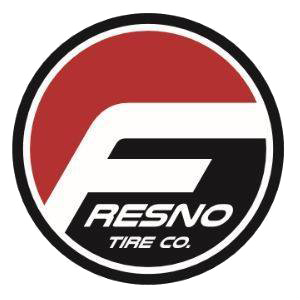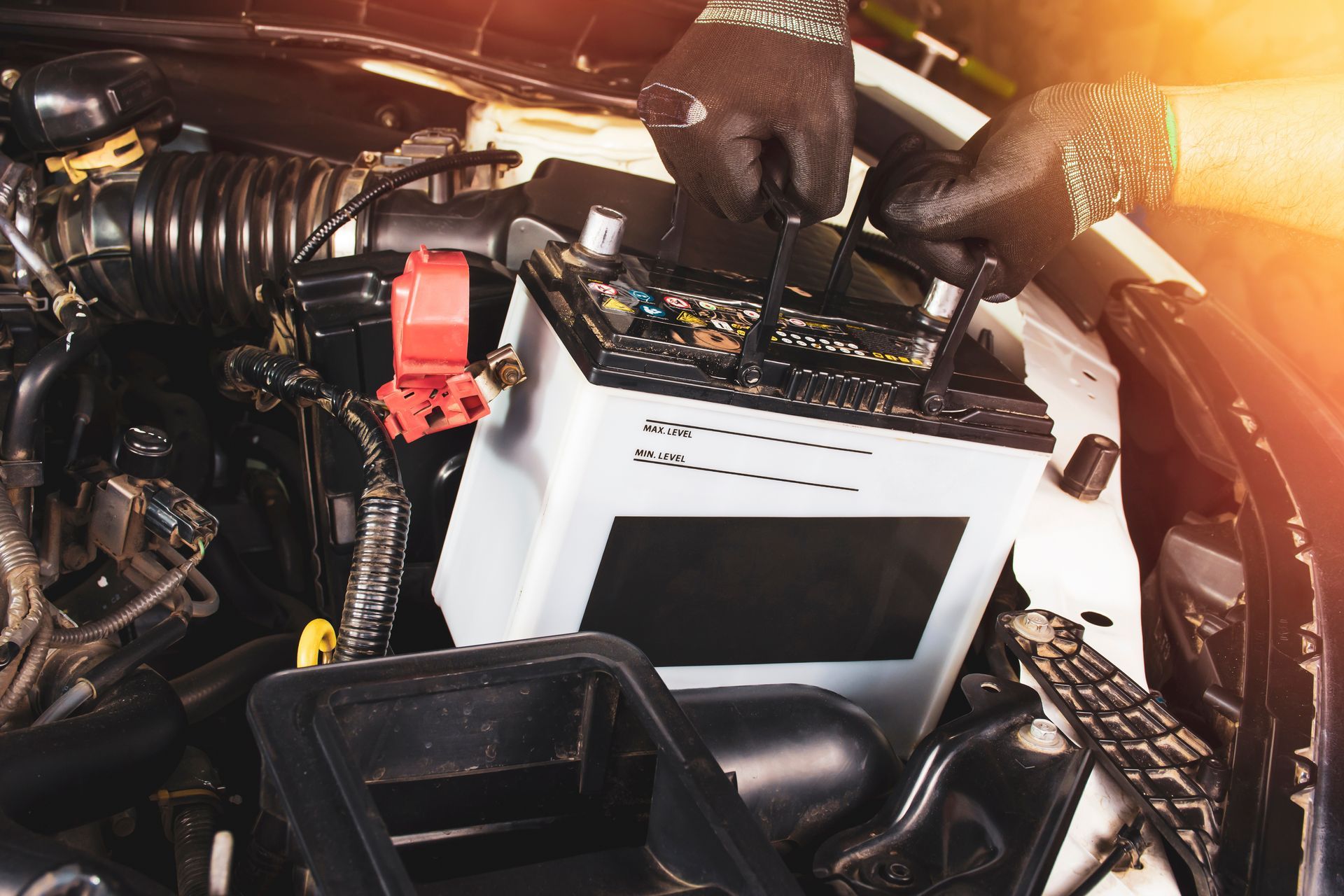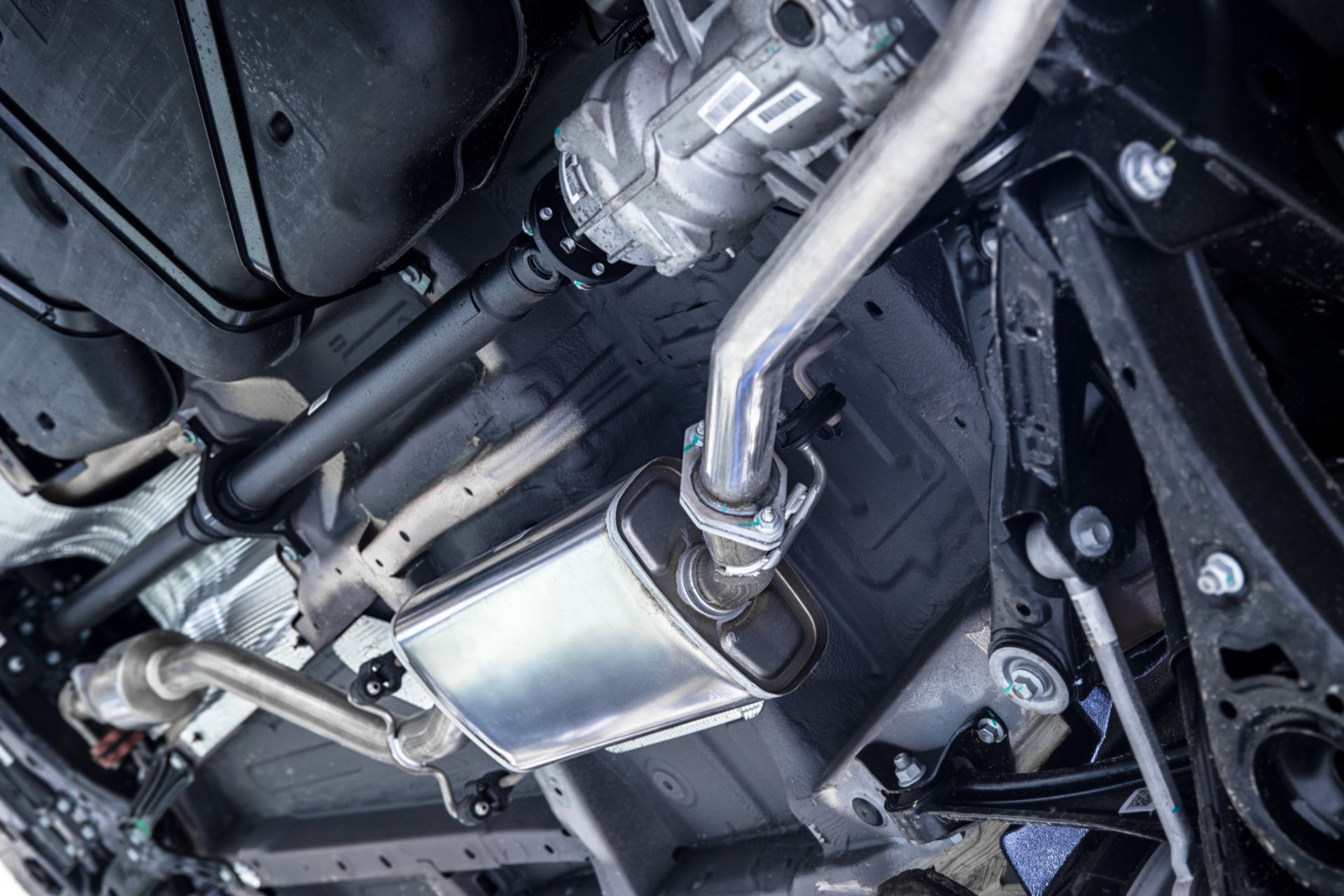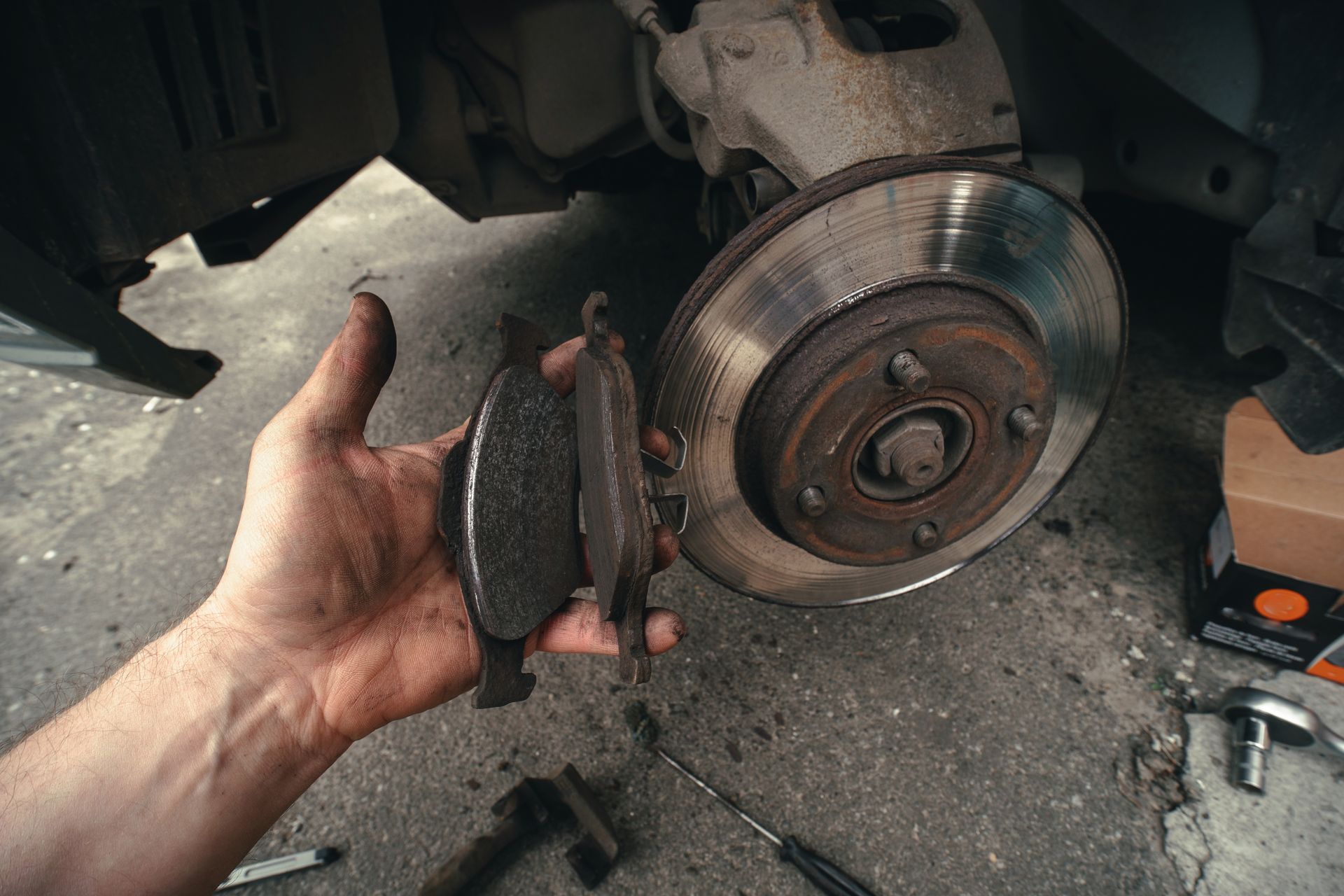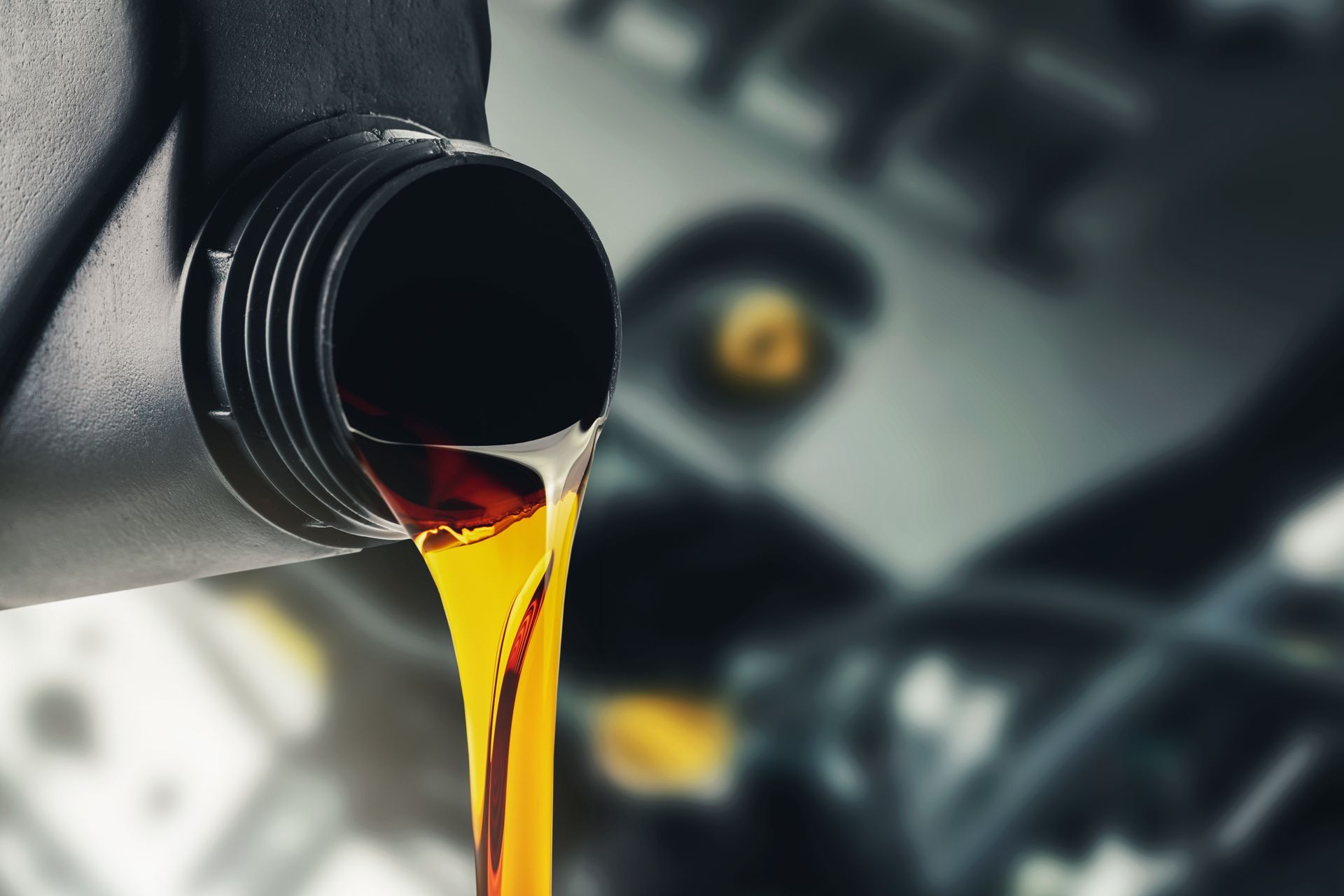How Does My Car Know When I Need an Oil Change?
You're driving through Fresno when suddenly a little wrench icon appears on your dashboard, or maybe you see "Oil Life 10%" flash on your screen. But how does your car actually know it's time for an oil change? The technology behind these warnings is pretty fascinating and more sophisticated than you might think.
Modern vehicles use smart systems to monitor your oil's condition and driving habits. Understanding how these systems work can help you take better care of your car and avoid costly engine problems down the road.
The Evolution of Oil Change Monitoring
The Old Days: Mileage-Based Changes
For decades, drivers followed simple rules like "change your oil every 3,000 miles" or relied on stickers from their mechanic. This one-size-fits-all approach worked, but it wasn't very precise. Some drivers changed their oil too often, while others waited too long.
Today's Smart Systems
Modern cars use Oil Life Monitoring Systems (OLMS) that consider multiple factors to determine when your oil really needs changing. These systems are much more accurate than simple mileage counters.
How Oil Life Monitoring Systems Work
Your car's computer constantly tracks several key factors:
Engine Temperature - The system monitors how hot your engine runs. Stop-and-go traffic in downtown Fresno on a 100-degree summer day is much harder on oil than highway cruising with good airflow.
RPM and Engine Load - Hard acceleration, towing, or climbing hills (like heading up to Shaver Lake) puts more stress on your engine oil than gentle driving.
Number of Cold Starts - Starting your engine when it's cold is tough on oil. The system counts how often you start your car and factors this into oil life calculations.
Driving Time and Distance - Short trips around town don't give your engine time to fully warm up, which can be harder on oil than longer highway drives.
Ambient Temperature - Extreme heat or cold affects oil performance. Fresno's hot summers definitely factor into these calculations.
Different Types of Oil Monitoring Systems
Algorithm-Based Systems
Most cars use mathematical formulas that weigh all the factors mentioned above. The computer runs these calculations constantly and updates your oil life percentage. These systems are quite accurate for most driving conditions.
Direct Oil Quality Sensors
Some luxury vehicles have actual sensors that test oil quality directly. These sensors can detect:
- Oil viscosity changes
- Contamination levels
- Chemical breakdown of oil additives
These systems are more expensive but provide the most accurate readings.
Enhanced Mileage Systems
Budget-friendly cars might use improved mileage-based systems that adjust intervals based on driving conditions. While not as sophisticated as algorithm-based systems, they're still better than fixed mileage schedules.
What Your Oil Life Monitor Actually Measures
Oil Degradation - Over time, oil breaks down chemically. Heat, oxygen, and contaminants cause oil molecules to change, reducing their ability to protect your engine.
Additive Depletion - Modern motor oil contains additives that prevent corrosion, reduce foam, and improve performance. These additives get used up over time.
Contamination Buildup - Dirt, metal particles, and combustion byproducts accumulate in your oil. The monitoring system estimates when contamination levels become problematic.
Why Fresno Driving Conditions Matter
Living in Fresno presents unique challenges for your engine oil:
Extreme Heat - Summer temperatures over 100°F put extra stress on oil. Heat breaks down oil faster and causes it to thicken.
Stop-and-Go Traffic - Heavy traffic on Highway 99 or Shaw Avenue means more engine idling and frequent temperature changes.
Dusty Conditions - Central Valley dust can find its way into your engine, contaminating oil faster than in cleaner environments.
Short Trips - Many Fresno residents make short trips around town. These don't allow your engine to fully warm up, which can lead to moisture buildup in the oil.
Understanding Your Dashboard Warnings
Oil Life Percentage - This shows how much useful life your oil has left. At 10-15%, it's time to schedule an oil change.
Change Oil Soon - This warning typically appears when oil life drops to around 10%.
Change Oil Now - This more urgent warning means you should get your oil changed immediately.
Oil Pressure Warning - This is different from oil life monitoring. If you see an oil pressure warning, stop driving immediately and check your oil level.
Can You Trust Your Car's Oil Monitor?
Modern oil life monitoring systems are generally very reliable. Studies show they're often more accurate than fixed mileage intervals. However, they're not perfect.
When to Override the System:
- If you use your car for severe duty (towing, racing, extreme conditions)
- If you notice oil looking very dark or gritty
- If your engine is making unusual noises
- If you're approaching a long road trip
Maintaining Your Oil Between Changes
Even with smart monitoring systems, you should still check your oil regularly:
Check Oil Level Monthly - Monitoring systems track oil quality, not quantity. You could be low on oil even if the system says oil life is good.
Look for Leaks - Check your driveway or parking spot for oil spots.
Listen to Your Engine - Unusual noises might indicate oil problems before your monitoring system catches them.
The Bottom Line
Your car's oil life monitoring system uses sophisticated technology to track multiple factors and determine when your oil really needs changing. These systems are much more accurate than old-fashioned mileage-based schedules, especially for Fresno's unique driving conditions.
However, technology isn't a substitute for regular maintenance and attention to your vehicle's needs.
Keep Your Engine Running Smoothly
If your oil life monitor is telling you it's time for a change, don't ignore it. At Fresno Tire Co., our ASE-certified technicians provide fast, reliable oil change services for all makes and models. We've been serving Fresno drivers since 2001, and we understand how local driving conditions affect your vehicle.
Whether your dashboard is showing "Change Oil Soon" or you just want to stay ahead of maintenance, we're here to help. Call us at (559) 762-4441 or visit us at 6632 N Blackstone Ave for honest, transparent service that keeps your engine running smoothly. We make it easy to maintain your vehicle and protect your investment.


